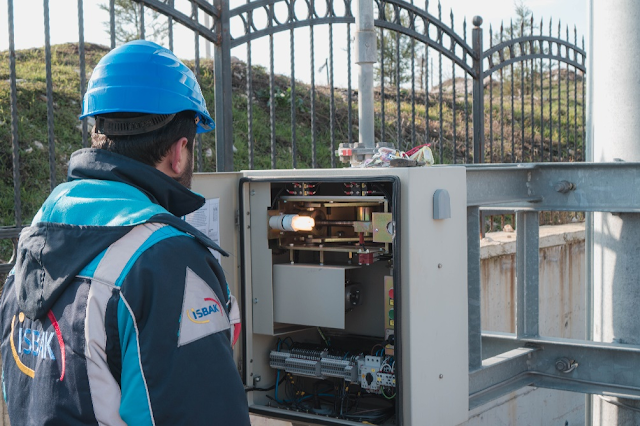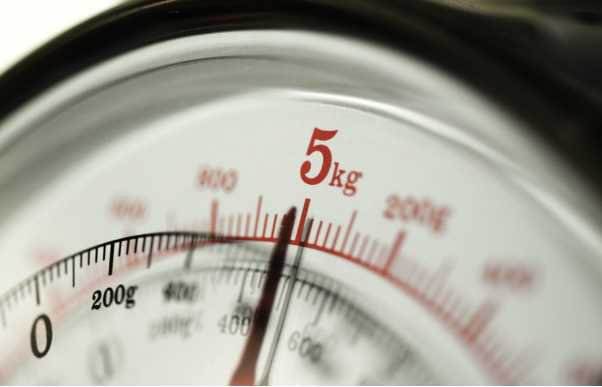Factors That Influence Your Weight Indicator System's Accuracy
The accuracy of a weight indicator system depends on several factors. Even with high-quality weight indicator systems, certain aspects to consider substantially impact the system's precision.
Using your knowledge can assist you in analyzing the significance of these factors, such as the nature and location of the application and other possible factors that may affect its accuracy.
Following are factors that can affect your weight indicator system's accuracy:
1. Load Cell
In any electronic weighing equipment, the load cell is the primary element. A load cell, also known as a transducer, directly converts mechanical force into an electronic signal. When a weight exerts a force on the load cell, it responds to this change.
A compression mounted load cell, often located underneath the weighing system, contracts when applied with force. It subsequently generates an analog output signal proportionate to the applied weight, transmitted to a controller. A defective load cell can lead to inaccurate weight readings, affecting the accuracy of the weight indicator system.
2. Environmental Factors
The precision of the weight indicator system also depends on the surrounding environmental conditions. If there is a vibration source nearby the system, such as working machinery, delicate loads can misjudge the vibrations, leading to inaccurate weight readings.
Placing large objects and materials on the weight indicator system can damage the equipment and the load cells if the magnitude of the applied force exceeds the optimum rated capacity.
If the air pressure in the calibrating setting differs from that in the operational environment, it can hinder the accuracy of the weight indicator system.
Air movement via air ducts or cooling equipment can influence the readings of a weight indicator system, depending on its location. Dirt and other debris on the scale base can cause scales to accumulate weight if not maintained regularly
3. Interference
Since load cells produce an electronic signal that transmits to the scale's digital display, any interference during this operation can result in erroneous weight readings.
Over time, the build-up of dew, rain droplets, and other particles on the load detector can generate electrical impulses that cause signal distortion between the load cell and the display panel.
As the temperature rises, the wire impedance increase. This decreases the voltage, causing the scale regulator to present values that deviate from the load cell's result.
4. Sensitivity
A highly sensitive weight indicator system can detect the tiniest change in the output voltage of the load cell. Sensors with 0.1-microvolt sensitivity are the most advanced in the field. Sensitivity is a measure of how small is the calibrated division size.
Low-sensitivity weight indicator systems cannot detect the minute voltage changes, resulting in inaccurate measurements.
Are you planning to procure a reliable weight indicator system? Contact Instruments provides several weight indicator systems that meet the drilling requirements. The well-reputed company also provides outstanding drilling rig services, brass wear rings, and custom cables.
Contact them to secure sophisticated load cells and pressure sensors.





Comments
Post a Comment